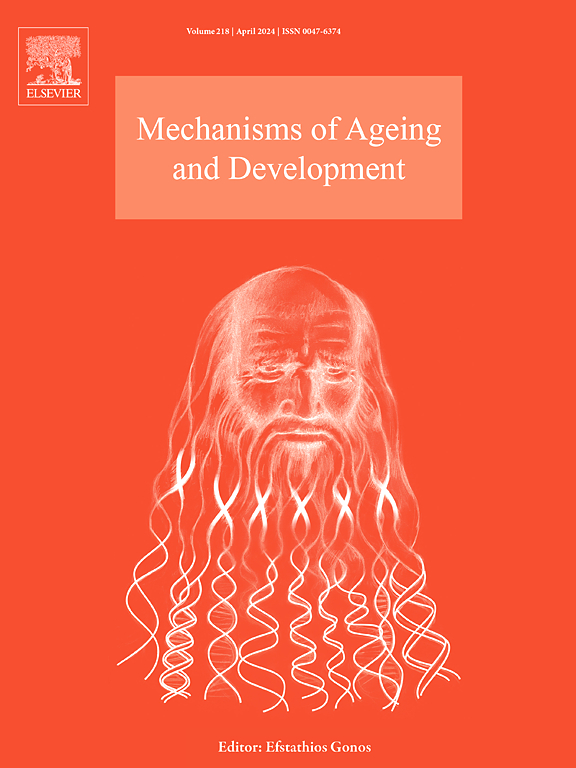种间相互作用与衰老:预测致老细菌和微生物感染的关键人类蛋白靶点
IF 5.1
3区 医学
Q2 CELL BIOLOGY
引用次数: 0
摘要
细菌渗透到人体的每一个生态位,对我们的健康和衰老产生重大影响,这一点尚未得到充分的描述。在这里,我们利用显示种间蛋白质相互作用的双部网络,结合已发表的实验证据和转录组学数据,预测哪些细菌和哪些细菌蛋白质可以干扰与人类衰老相关的蛋白质。我们介绍了“致老”细菌这一术语,从字面上看,细菌可以诱导宿主衰老,并讨论了这些细菌可以作为人类年龄扭曲者的机制。沙门氏菌、埃希氏菌和志贺氏菌似乎是主要的候选年龄扭曲菌,其特点是实验证明比其他细菌更有可能与与人类衰老和人类细胞衰老相关的人类蛋白质相互作用。我们的分析还强调了细菌和病毒候选年龄扭曲蛋白之间的进化趋同,因为在微生物感染的情况下,14种与衰老相关的人类蛋白通常可以被细菌和病毒靶向。由于感染是常见的,沙门氏菌、埃希氏菌和志贺氏菌在我们的微生物群中经常被发现是病原体,通过分子劫持来表征细菌对我们衰老和细胞衰老的影响可以增强对衰老原因的理解,并提出新的抗衰老疗法。本文章由计算机程序翻译,如有差异,请以英文原文为准。
Interspecific interactions and aging: Prediction of gerogenic bacteria and critical human protein targets of microbial infections
Bacteria permeate every niche of the human body with major consequences on our health and senescence that have not been fully described. Here, we predict which bacteria and which bacterial proteins could interfere with proteins associated with human aging using bipartite networks showing interspecific protein interactions coupled with investigations of published experimental evidence and transcriptomic data. We introduce the term of “gerogenic” bacteria, literally bacteria that could induce some aging in their host and discuss the mechanisms by which such bacteria could serve as age-distorters of humans. Salmonella, Escherichia and Shigella appear as major candidate age-distorters, characterized by a higher experimentally demonstrated potential than other bacteria to interact with human proteins associated with human aging and human cellular senescence. Our analysis also highlights an evolutionary convergence among bacterial and viral candidate age-distorting proteins, since 14 human proteins associated with aging can be commonly targeted by bacteria and viruses in case of microbial infection. Since infections are common and Salmonella, Escherichia and Shigella are frequently found as pathogens in our microbiomes, characterizing bacterial influence on our aging and our cellular senescence through molecular hijacking could enhance the understanding of the causes of aging and suggest new anti-aging therapies.
求助全文
通过发布文献求助,成功后即可免费获取论文全文。
去求助
来源期刊
CiteScore
11.10
自引率
1.90%
发文量
79
审稿时长
32 days
期刊介绍:
Mechanisms of Ageing and Development is a multidisciplinary journal aimed at revealing the molecular, biochemical and biological mechanisms that underlie the processes of aging and development in various species as well as of age-associated diseases. Emphasis is placed on investigations that delineate the contribution of macromolecular damage and cytotoxicity, genetic programs, epigenetics and genetic instability, mitochondrial function, alterations of metabolism and innovative anti-aging approaches. For all of the mentioned studies it is necessary to address the underlying mechanisms.
Mechanisms of Ageing and Development publishes original research, review and mini-review articles. The journal also publishes Special Issues that focus on emerging research areas. Special issues may include all types of articles following peered review. Proposals should be sent directly to the Editor-in-Chief.

 求助内容:
求助内容: 应助结果提醒方式:
应助结果提醒方式:


